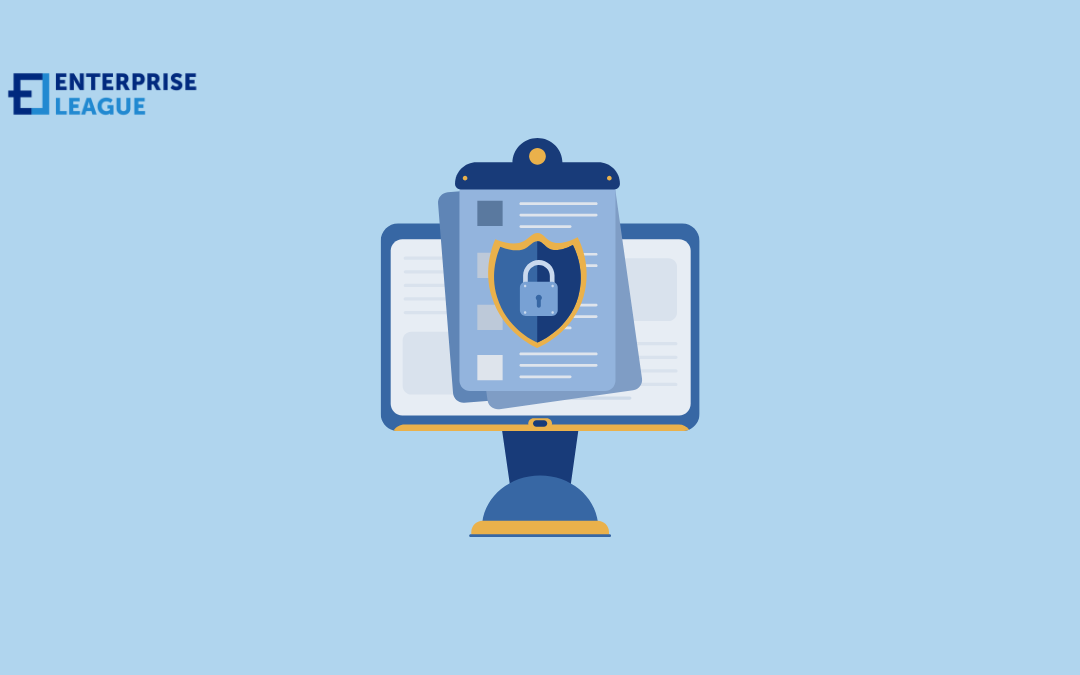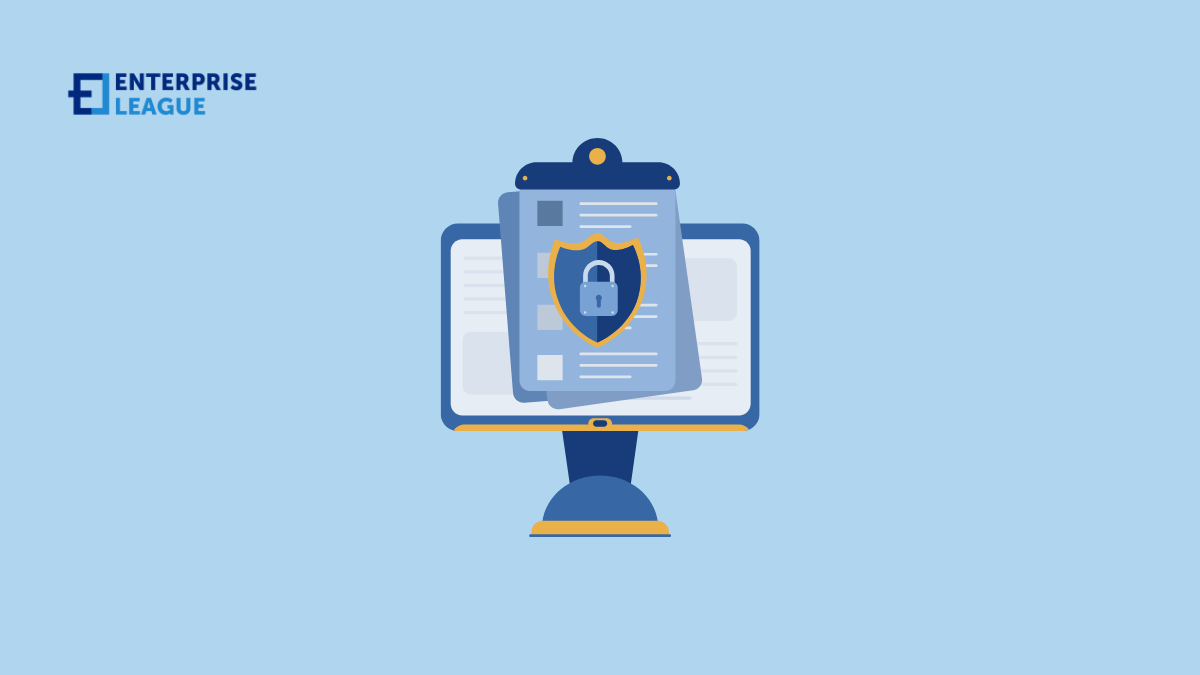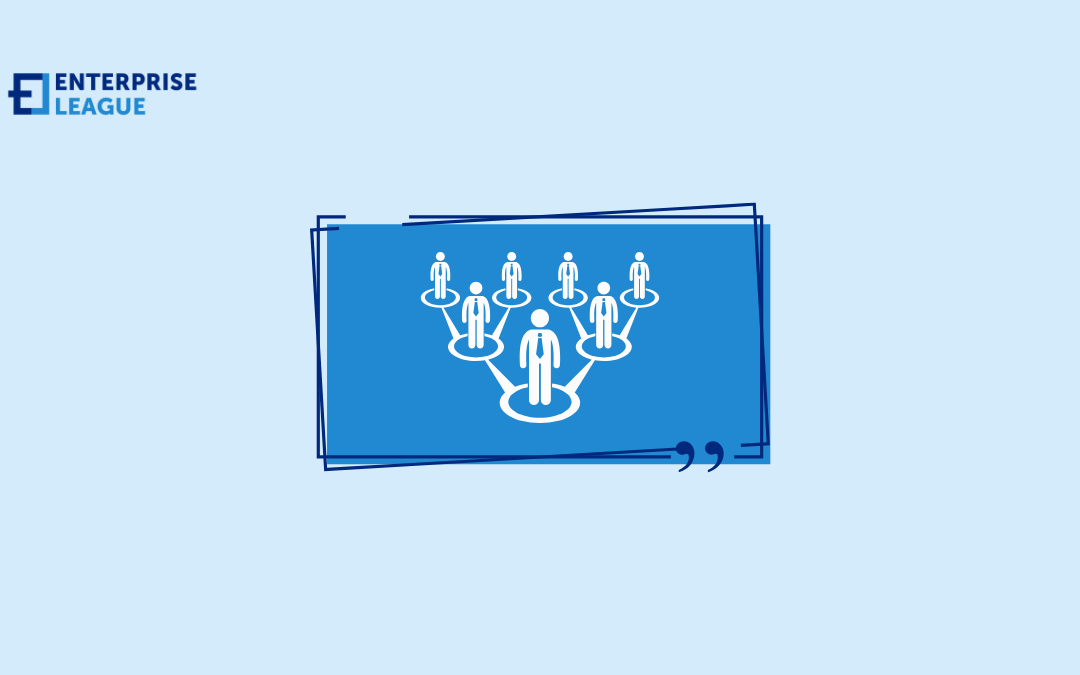From AI-powered analytics to global digital networking, let’s explore how technology is redefining entrepreneurship and opening new paths to business success.

Organizing smooth and stress-free office Secret Santa
When asked about what were the most desired Christmas gifts, 50% percent of women and 36% of men said that it was a cash or bank transfer. Well, that pretty much sums up how most of us feel about gift-giving, right? If finding the perfect present for your family is tricky, try corporate gift shopping for a coworker that you only see during meetings and sometimes on elevator rides.
But here’s the thing about office Secret Santa, with the right planning and a few smart tricks, it can actually turn into something people look forward to instead of fearing. Even those types of people who start rolling their eyes at the first mention of holiday traditions.
What is Secret Santa?
Secret Santa turns the typical holiday gift exchange into something a bit more interesting. Instead of buying presents for everyone in the office and completely emptying your wallet, each person draws one random name and becomes their anonymous gift-giver. The trick is keeping your identity hidden until the big reveal, all while sticking to a set budget and deadline.
Some might call it holiday matchmaking, others might say it’s organized chaos, but when done right, it’s the perfect mix of mystery and fun that makes December workdays actually exciting while fostering a healthy and engaging workplace environment.
Why people do Secret Santa instead of giving regular gifts
Regular office gift exchanges can quickly turn into a nightmare of endless shopping lists and emptied wallets. Well, the office Secret Santa flips that script, one gift, one recipient, zero stress about forgetting someone or playing favorites. The anonymous part adds excitement to regular workdays, sparking conversations and creating stories that’ll probably survive longer than whatever ends up being exchanged.
Plus, working with a specific budget means everyone’s on equal footing. No more awkward moments when someone shows up with expensive presents while others bring homemade cookies. It’s simple, fair, and actually fun, three things most office traditions definitely aren’t.
Secret Santa theme ideas and budgeting
Even though the budget talk might feel awkward, it’s actually the key to making office Secret Santa work. Setting a clear spending limit, for example, somewhere between $20 and $50 usually hits the right spot, keeps things fair, and takes the pressure off everyone. Now, to make it more interesting, throwing in a theme can change everything.
You can go with cozy winter favorites that might get you anything from fancy hot chocolate to fluffy socks. Things that make work better could mean noise-canceling headphones or a desktop plant, anything that makes the workday better. With the right theme, you give people direction without boxing them into impossible choices or budget nightmares.
How to make Secret Santa fun
Nobody wants Secret Santa to be just another rushed lunch break where everyone tears through wrapping paper and heads back to their desks. The real magic happens when you turn it into an actual event that people want to be part of. Good snacks, stories behind the gifts, and genuine moments of surprise make all the difference. Nothing beats watching someone unwrap a gift that shows their Secret Santa was actually paying attention. Try these ideas that actually work:
- Create a shared wishlist board in the break room where people can drop subtle (or not so subtle) hints about their interests, bonus points for making it interactive with sticky notes and doodles
- Host a pre-exchange breakfast with coffee and treats to build up the excitement and give everyone a chance to share their gift-hunting stories
- Turn gift wrapping into a competition with categories like “most creative use of office supplies” and “best-disguised package shape”
- Launch a digital advent calendar where everyone posts daily holiday memes or funny office memories leading up to the big day
- Set up a photo area with some dollar-store props for the exchange, those pictures usually end up being way more memorable than the gifts themselves
When the focus shifts from stressing about what to buy to enjoying the whole process, something magical happens, people actually start looking forward to next year’s exchange.
How to organize office Secret Santa this Christmas
Planning office Secret Santa takes a small dose of organization and timing to run smoothly. Early planning can help dodge those classic issues like forgotten coworkers or unmatched budgets. To avoid this, we’ve made a list with a few quick tips for successful execution:
- Start organizing at least 2-3 weeks before the exchange
- Keep a list of everyone’s email addresses for the digital name draw
- Share gift suggestion examples to help the stumped shoppers
- Set a firm RSVP date so nobody gets left out
- Grab 2-3 backup gifts for last-minute emergencies
- Send a calendar invite for the exchange to avoid no-shows
- Keep dietary restrictions in mind if buying food gifts
These steps work for any size office or team. Thus, having a solid plan means you can actually enjoy the event instead of putting out last-minute fires.
Crafting a Secret Santa invitation
A good Secret Santa invitation sets clear expectations for everyone who is involved. Including basic details like budget, deadlines, and exchange location matters more than some fancy designs. In order to achieve that here are a few things that would do the job:
- Include a specific time and place for the gift exchange
- State the budget range clearly – no room for confusion
- List any gift restrictions or theme guidelines
- Add RSVP deadline and how to sign up
- Provide contact info for questions
- Mention if food or drinks will be served
- Include instructions for remote participants if needed
- Share how names will be drawn and distributed
These details prevent those endless follow-up emails and confused messages later. After sending the invitation keep in mind to give people a day to ask questions before starting the name draw.
How to choose a fun corporate Christmas gift
First things first, our advice is to skip the boring branded pens and standard chocolate boxes this year. Finding awesome corporate Christmas gifts means thinking about what people actually enjoy using, not just what looks professional.
A desktop arcade game that brings some fun to the workplace would be perfect or consider some trendy food subscription boxes that keep on giving long after the holidays end. Pick something that makes people smile when they open it, not something that’ll collect dust in their bottom drawer.
Conclusion
See, there’s a solution for everything just skip the complicated rules and focus on what matters for bringing some festive cheer to the workplace. With these simple tips in mind, you’re all set to organize a gift exchange that people actually look forward to instead of stressing about. Now go ahead and spread some holiday magic around with office Secret Santa.
More must-read stories from Enterprise League:
- Innovative and profitable business ideas with no employees.
- The best apps for entrepreneurs that will help you achieve your goals.
- Find out all the things that make messy people smarter.
- All the reasons why we should support local businesses and shop local.
- Importance of online privacy laws in the digital era and how they protect us.
Related Articles
The future of entrepreneurship: Digital networking and AI in business
Where can I find emergency solutions in Alabama and Northwest Florida and beyond?
Business downtime can be quite expensive and our guide helps you find and implement emergency power solutions tailored to your company’s specific requirements.
What is payroll and why is it critical for every business?
If you’re confused about payroll, this guide will explain what it encompasses and why getting it right is crucial for your business’s financial health.
Top-Rated Safety Training Programs for Forklift Operators
Forklifts are crucial to various industries, such as construction, warehouses, logistics, and manufacturing. There are multiple types, and operating them requires expertise to ensure workplace safety and efficiency. According to the Occupational Safety and Health...
What banks are getting completely wrong about FX transactions?
Forex transactions have become ubiquitous in the modern globalized financial system, with over $7.5 trillion traded daily in the forex market as of 2024. Millions of individuals and institutions enter the market to exchange one currency for another. However, depending...













